Top 10 Feedback Collection Tools in 2025
Discover the best feedback collection tools to streamline your product development process.
Khushhal Gupta
Khushhal Gupta
•
•
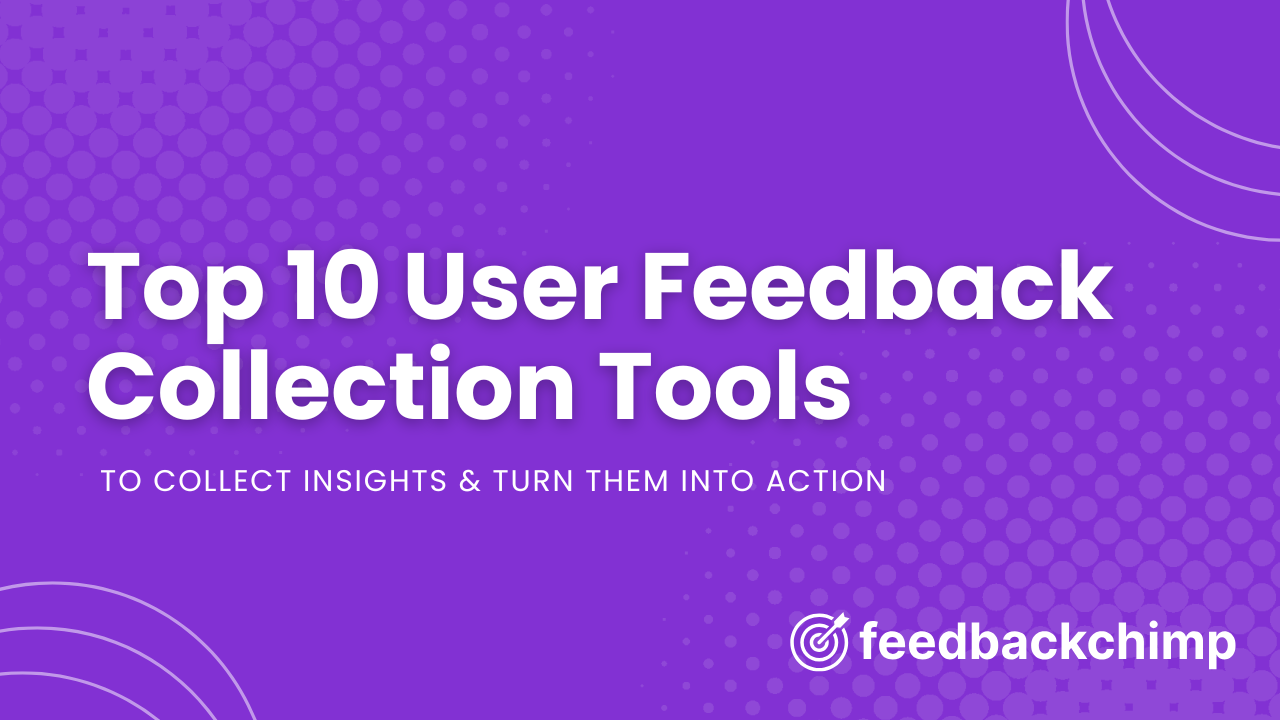
Table of Contents
If you’ve ever launched a feature thinking it was the next big thing, only to have it fall flat faster than a pancake, you’re not alone. Getting user feedback isn’t just a nice-to-have—it’s the secret sauce that separates products people like from products people love. But with so many tools out there promising to collect, analyze, and deliver insights, how do you choose the right one?
Don’t worry, we’ve done the legwork for you. Here’s a list of the top 10 feedback collection tools in 2025 that can help your team make smarter product decisions, keep your users happy, and maybe even avoid that next pancake flop.
1. SurveyMonkey

An oldie but a goodie, SurveyMonkey has been around for a while, and it’s still going strong in 2025. Known for its flexibility and user-friendly interface, it lets you create surveys for everything from product feedback to customer satisfaction. With powerful analytics and customizable templates, SurveyMonkey remains a top choice for businesses looking to gather detailed, structured feedback.
🔍 Best For: Teams needing versatile survey options with robust analytics.
2. Typeform

Let’s be honest—most surveys are about as exciting as watching paint dry. Typeform changes that by making surveys feel more like conversations. Its sleek, interactive design keeps users engaged, which means you get better, more thoughtful responses. Plus, it integrates with tons of other tools, making it easy to incorporate into your workflow.
🔍 Best For: Teams looking for beautifully designed, engaging surveys that don’t bore users to tears.
3. FeedbackChimp

A newer player on the block, FeedbackChimp is quickly gaining traction as one of the most advanced and modern feedback collection tools out there. Designed with today’s fast-paced product teams in mind, FeedbackChimp offers a fresh take on user feedback collection by combining intuitive design with powerful features like automated feedback tagging, voting systems, and real-time roadmaps. It’s not just about gathering feedback—it’s about turning that feedback into actionable insights without the hassle.
🔍 Best For: Teams looking for a modern, streamlined feedback collection platform that bridges the gap between gathering insights and making product decisions.
4. UserVoice
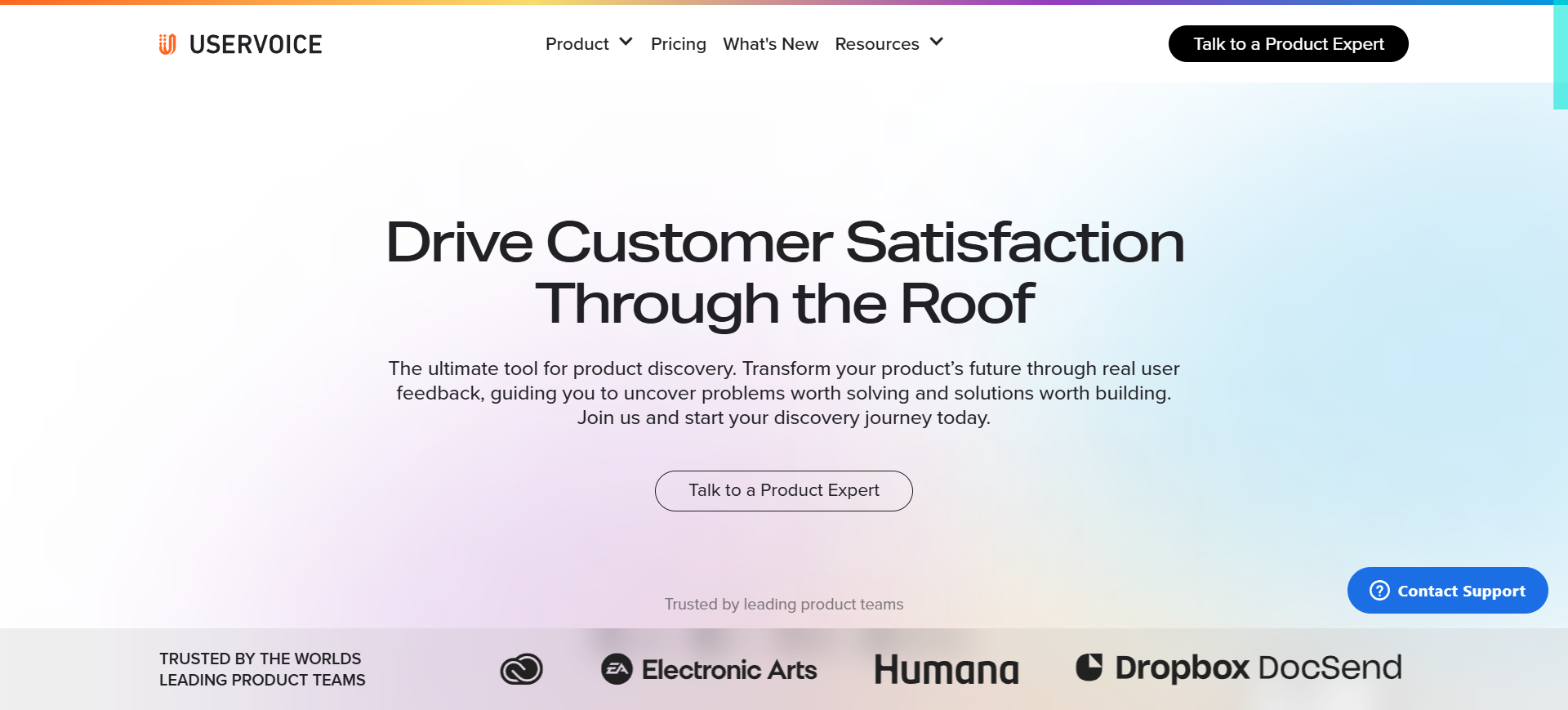
If you’ve been in the feedback game for a while, you’ve probably heard of UserVoice. It’s a solid feedback management tool that helps you capture, prioritize, and act on feedback. Its standout feature is the idea voting system, which allows users to upvote suggestions they care about, giving your team a clear view of what’s most important to your audience.
🔍 Best For: Teams that want to prioritize feature requests based on user votes and keep customers involved in the development process.
5. Canny
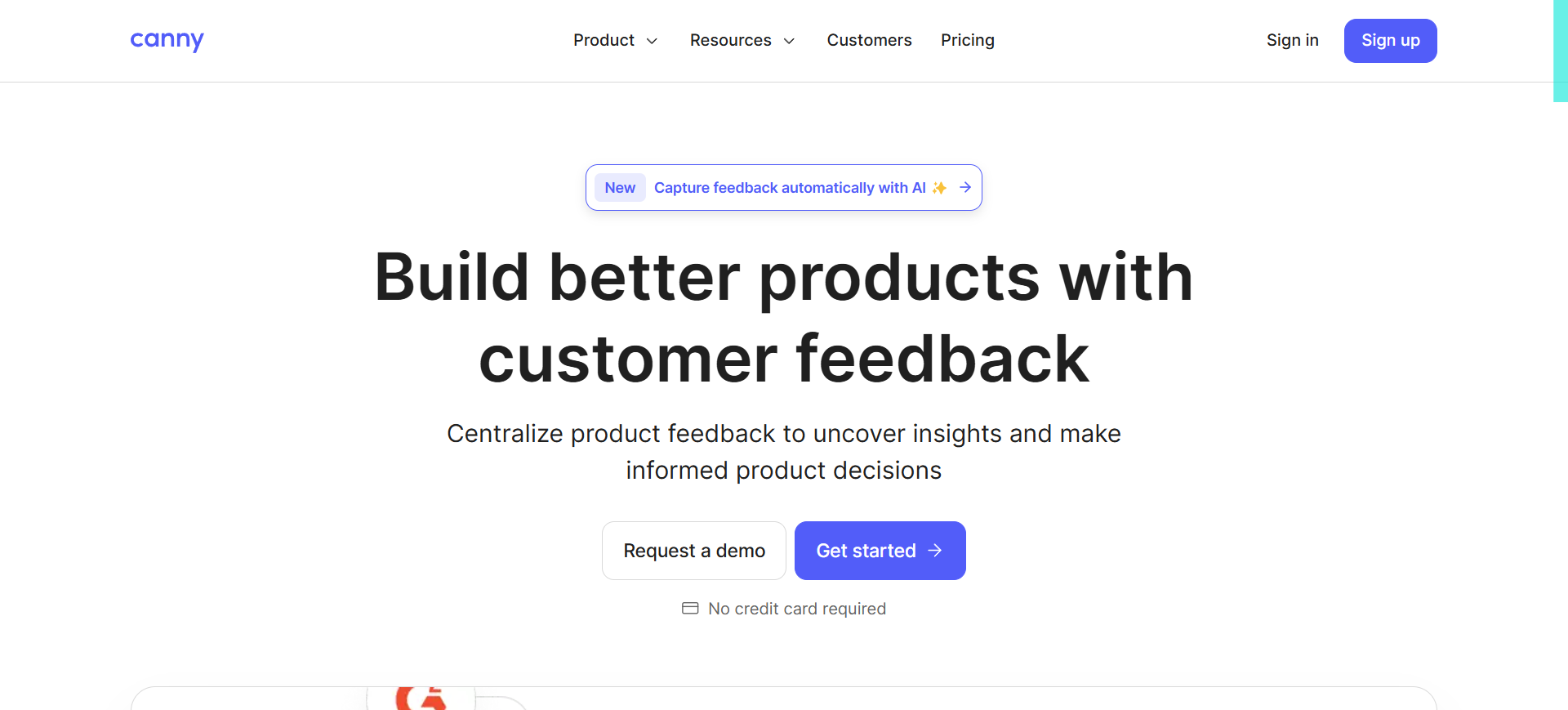
Canny is a favorite among product teams for its clean interface and focus on feature request management. It allows users to submit ideas, vote on them, and track progress through a public roadmap. If transparency with your users is a priority, Canny makes it easy to keep everyone in the loop while managing feedback efficiently.
🔍 Best For: Teams that want a simple, transparent way to manage feature requests and communicate updates.
6. InMoment
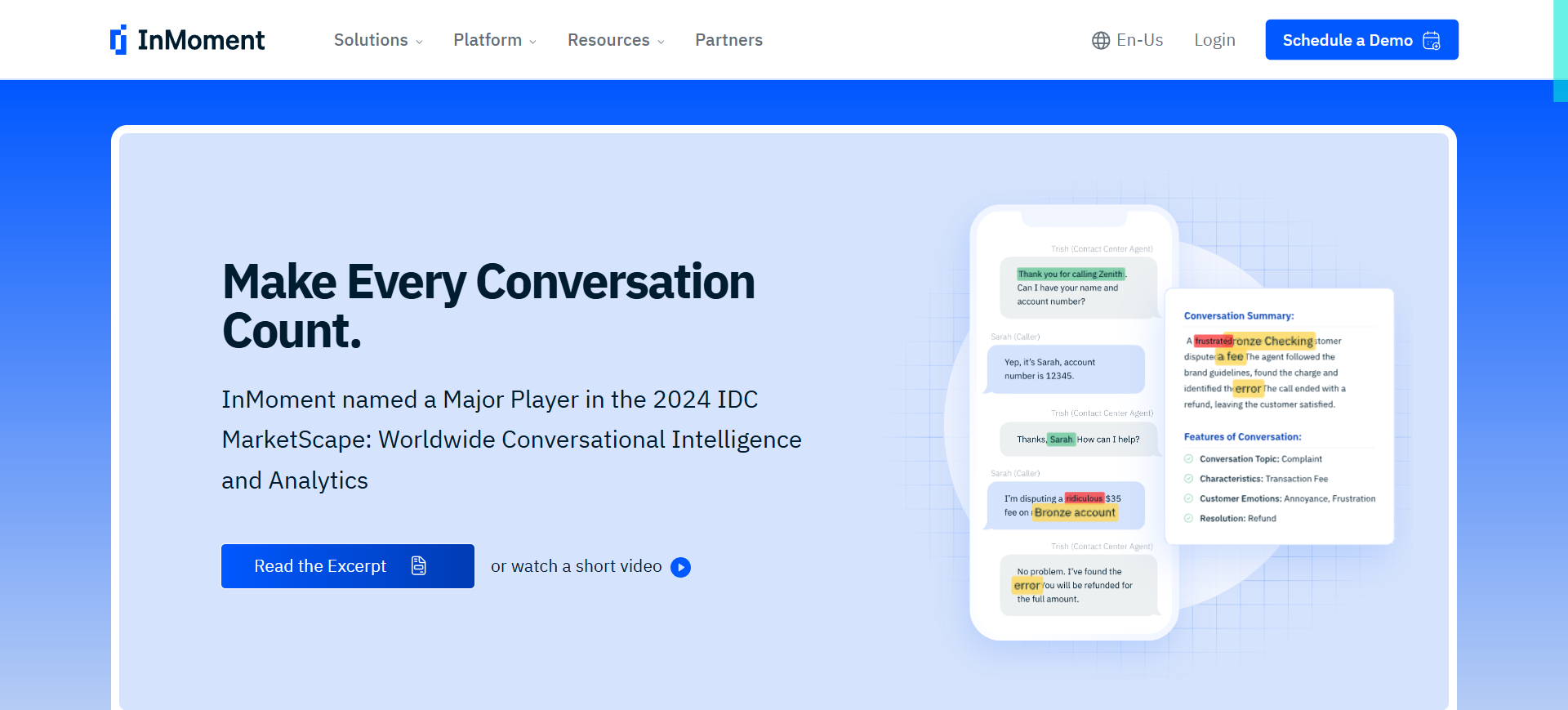
If you’re looking for deep insights into customer sentiment, InMoment is your tool. It goes beyond basic surveys by combining feedback with AI-driven analytics to give you a holistic view of the customer experience. It’s especially useful for larger organizations that need to analyze feedback from multiple touchpoints across the customer journey.
🔍 Best For: Enterprises needing comprehensive customer experience insights with advanced analytics.
7. UserTesting

Sometimes, written feedback isn’t enough—you need to see how users interact with your product. UserTesting lets you watch real users navigate your product, providing valuable insights into pain points, usability issues, and opportunities for improvement. It’s like having a front-row seat to your user experience, minus the awkward eye contact.
🔍 Best For: Teams focused on improving UX through real-time user testing and video feedback.
8. Hotjar
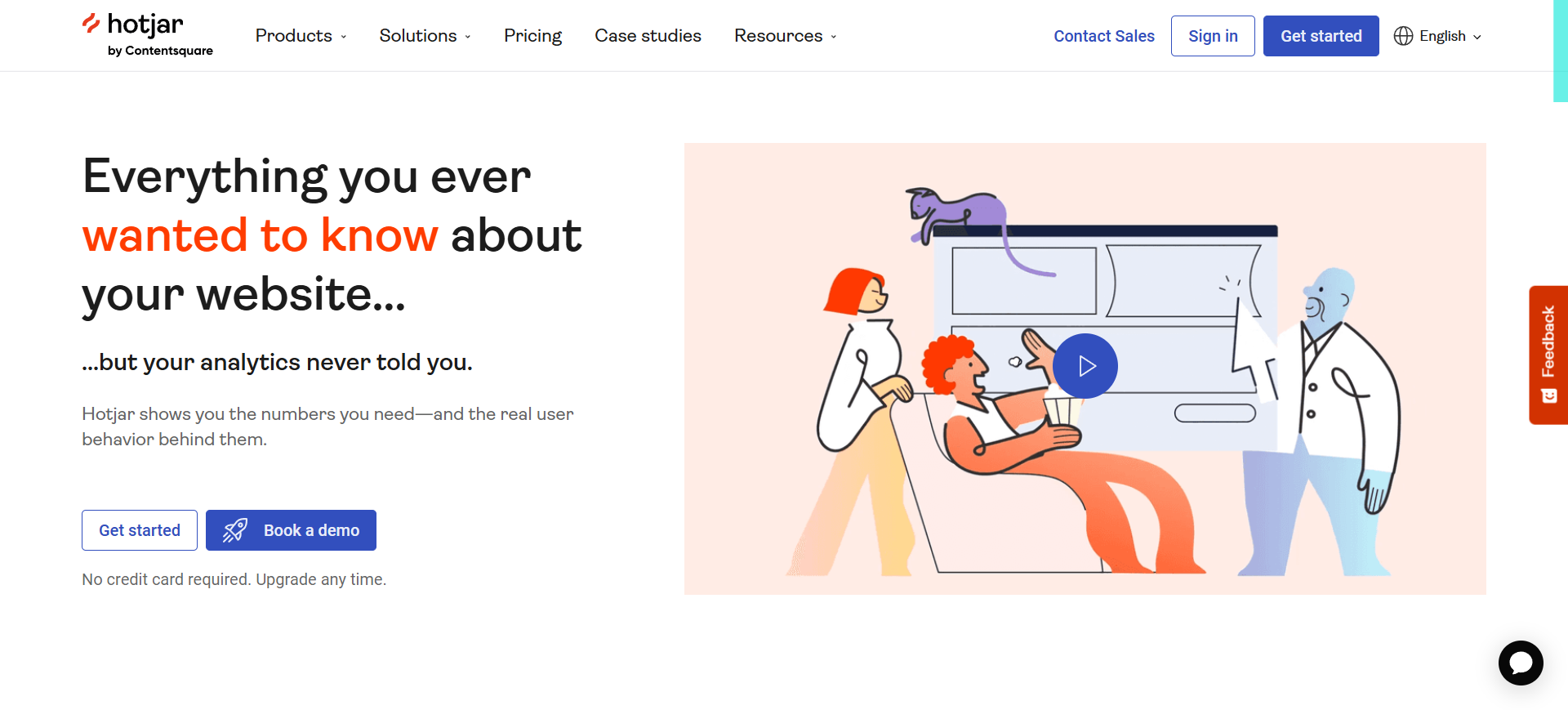
Hotjar combines feedback collection with behavior analytics, giving you a complete picture of how users interact with your website or app. Its heatmaps, session recordings, and feedback widgets help you understand both what users are doing and why they’re doing it. It’s a powerful tool for anyone looking to optimize user experience based on real data.
🔍 Best For: Teams looking to combine qualitative feedback with behavioral insights to improve UX.
9. SurveySparrow
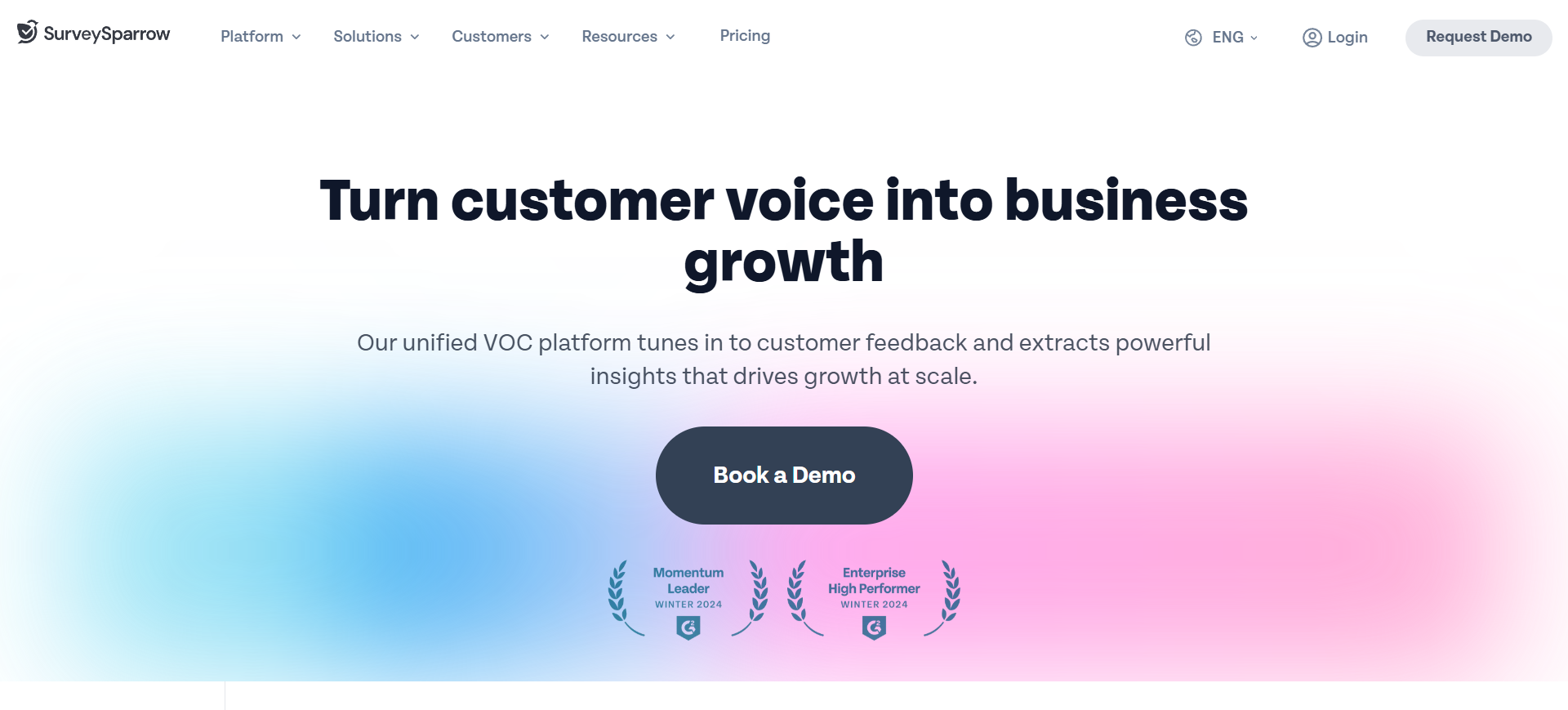
SurveySparrow brings a fresh approach to surveys with its conversational, chat-like interface. It’s great for engaging users and collecting feedback in a way that feels less like a chore and more like a friendly chat. Plus, its automation features and multi-channel distribution make it easy to scale your feedback efforts.
🔍 Best For: Teams that want engaging, conversational surveys with powerful automation features.
10. Frill
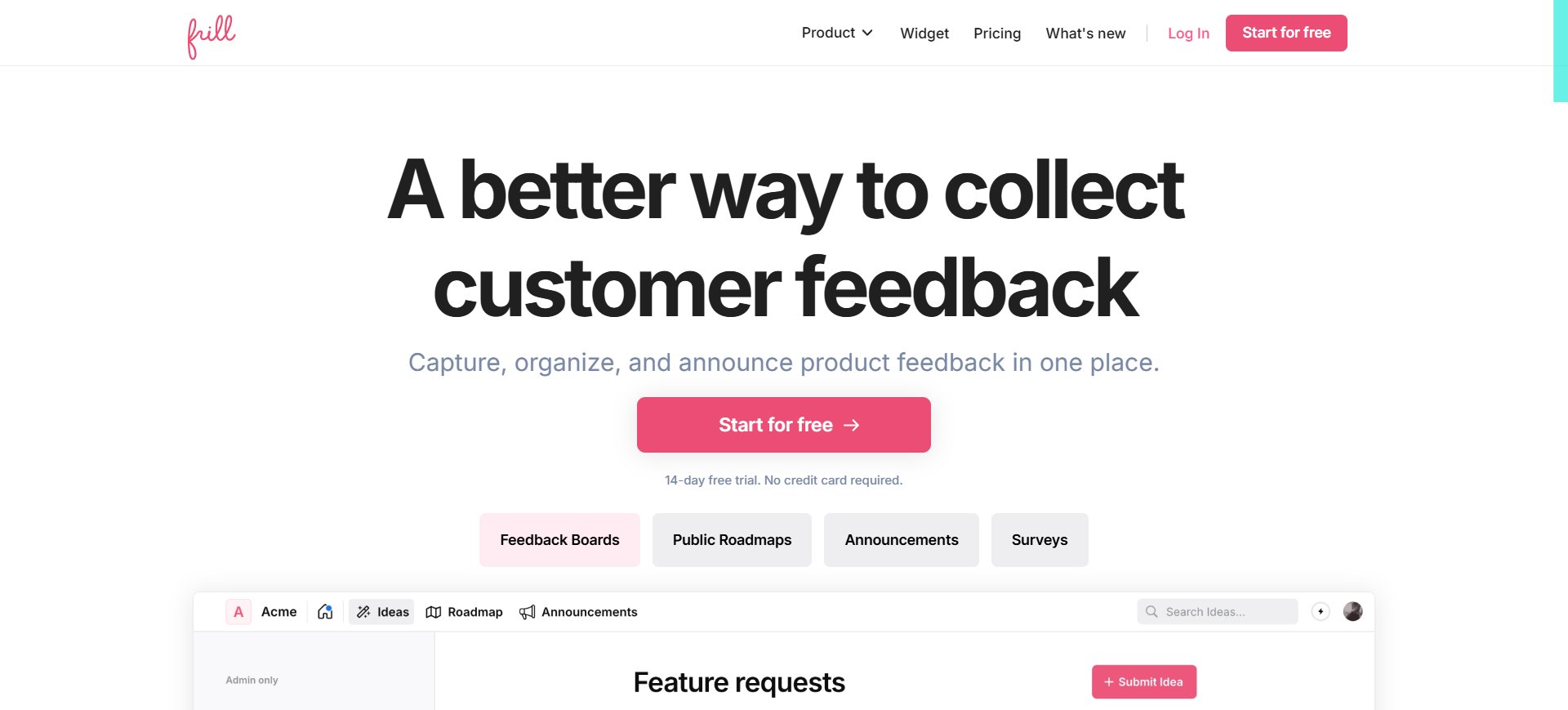
Frill is a simple yet effective feedback collection platform that focuses on idea management and user engagement. It allows users to submit feedback, vote on ideas, and track updates through a public roadmap. Its clean design and easy setup make it a favorite for teams that want to get up and running quickly without sacrificing functionality.
🔍 Best For: Teams looking for a lightweight, user-friendly tool for managing feedback and feature requests.
How to Choose the Right Feedback Collection Tool 💡
With so many great options out there, how do you choose the best feedback collection tool for your team? Here are a few things to consider:
- Your Team’s Needs:
Are you looking for detailed surveys, real-time user testing, or a platform to manage feature requests? Identify what kind of feedback you need to collect and choose a tool that aligns with those goals.
2. Integration Capabilities:
Make sure the tool integrates seamlessly with your existing tech stack. The smoother the integration, the easier it will be to incorporate feedback into your workflow.
3. User Experience:
If it’s hard for users to give feedback, they probably won’t. Choose a tool that makes it easy and engaging for users to share their thoughts.
4. Scalability:
As your team grows, your feedback needs will evolve. Look for a feedback management tool that can scale with you, offering advanced features as your needs become more complex.
Final Thoughts: The Power of Feedback Collection Tools
In the world of product development, feedback isn’t just helpful—it’s essential. The right feedback collection tools can transform how you gather, interpret, and act on user insights, leading to better products, happier customers, and a more efficient team.
Whether you’re sticking with tried-and-true tools like SurveyMonkey and UserVoice, or exploring modern platforms like FeedbackChimp, the key is to choose a tool that fits your team’s workflow and helps you make informed, user-driven decisions.
Ready to upgrade your feedback collection platform? Try FeedbackChimp and see how modern, intuitive feedback management can help your team turn insights into action without the hassle.